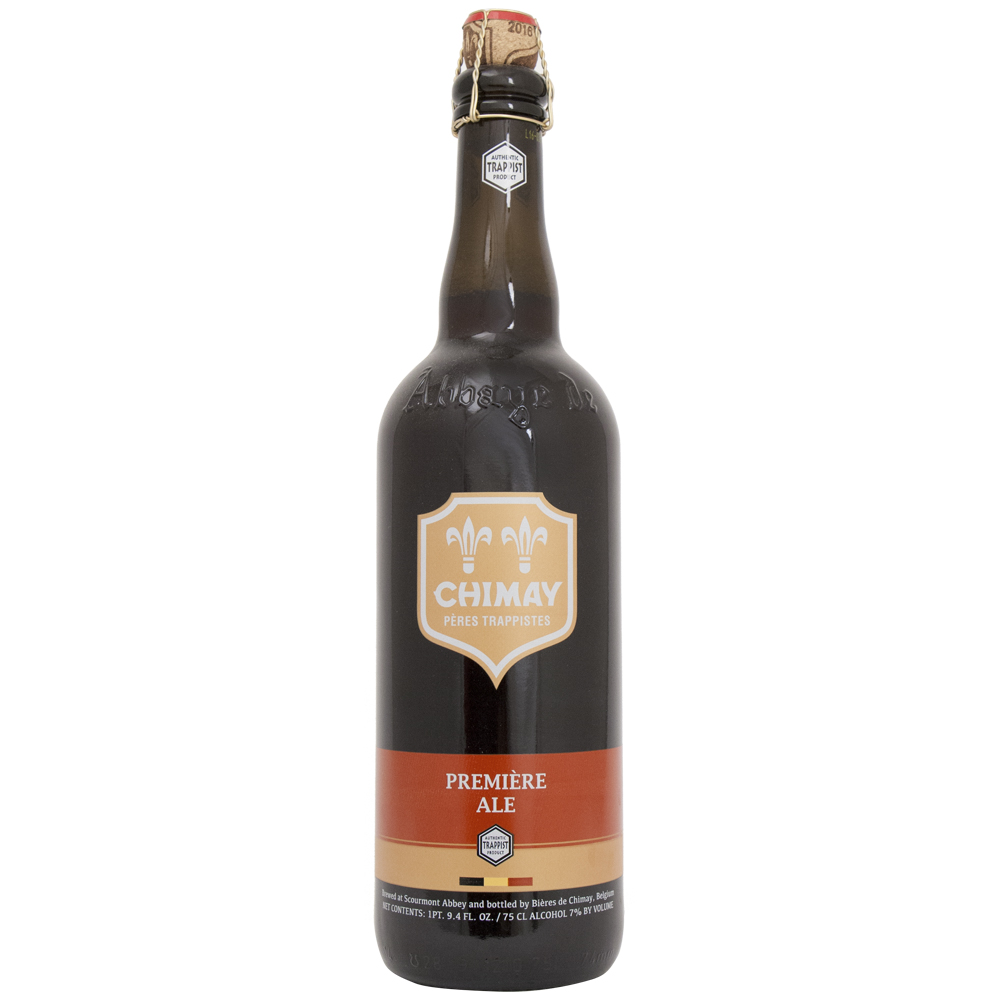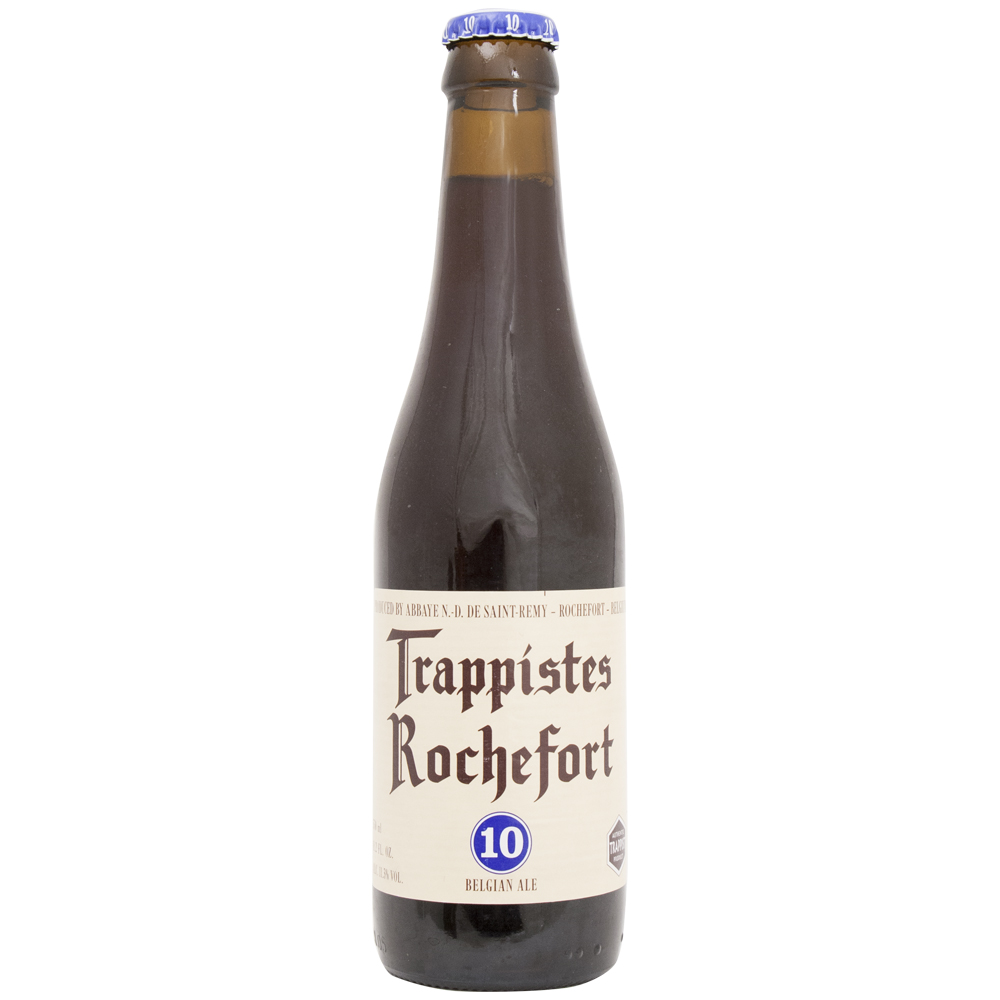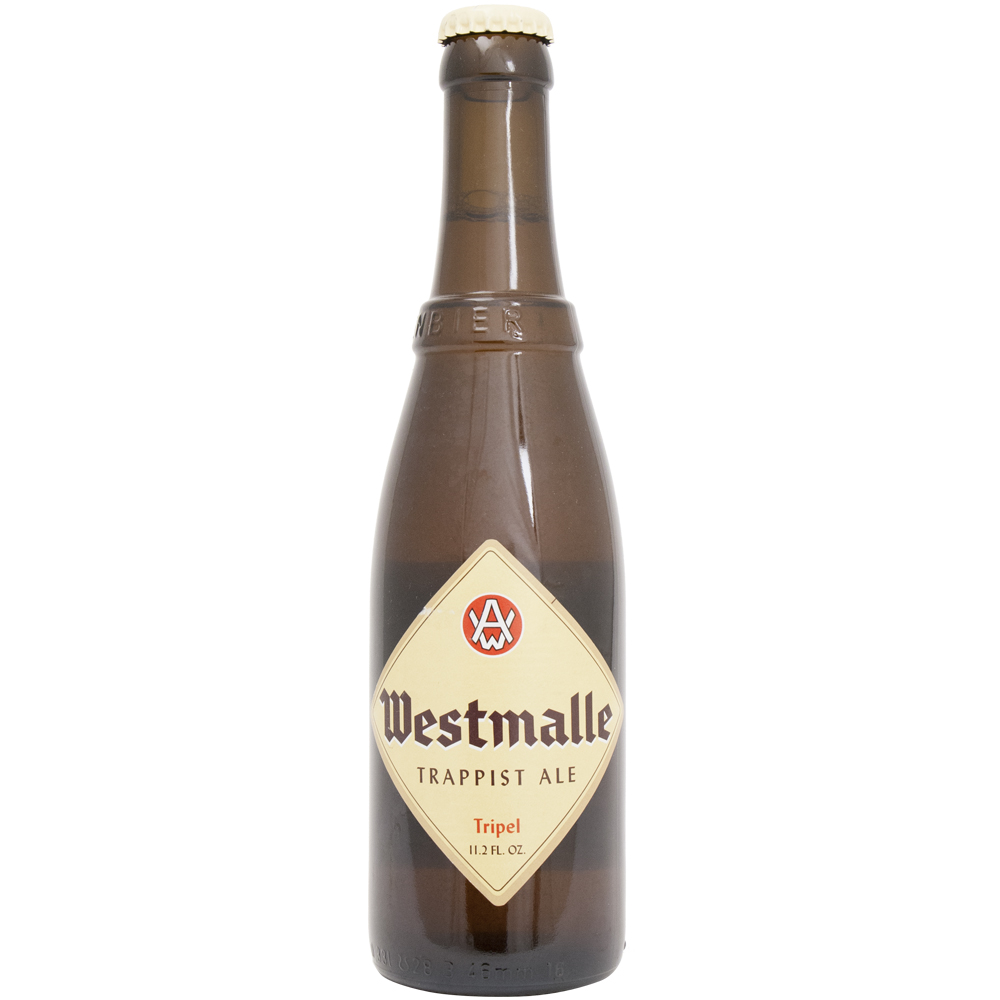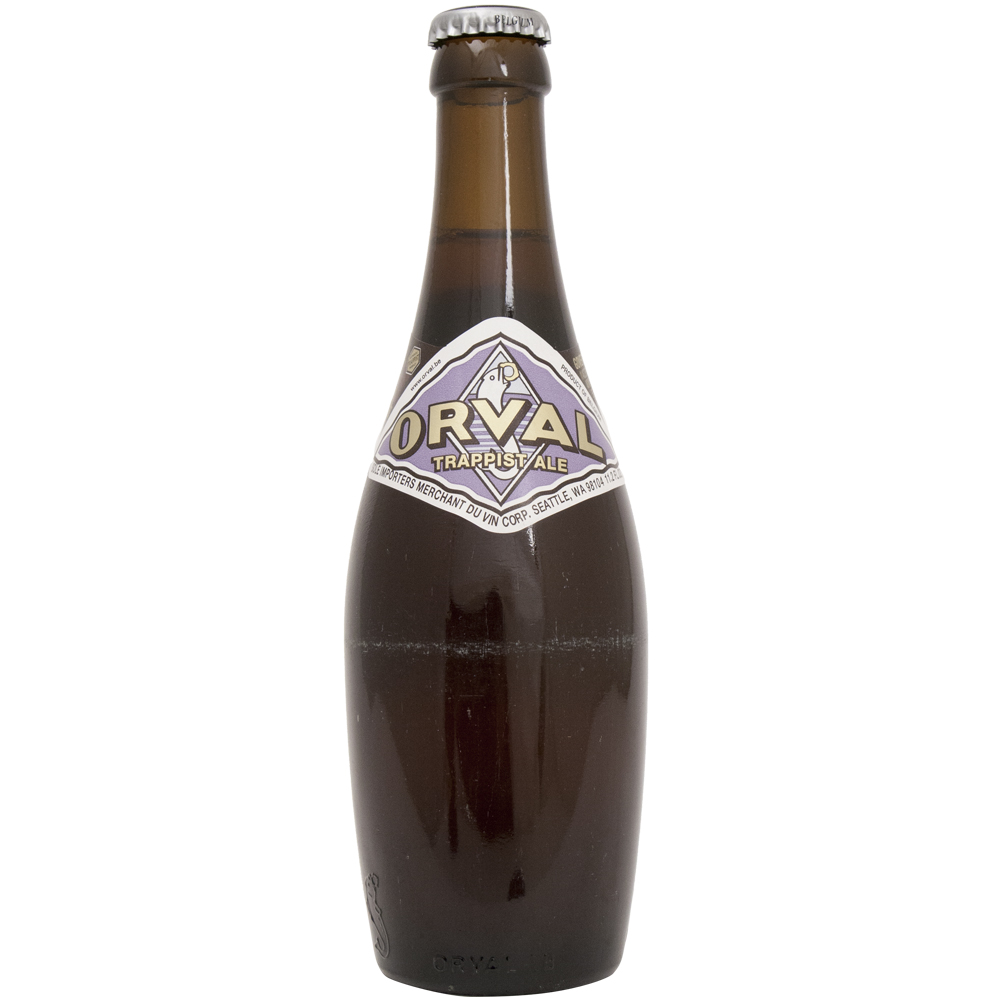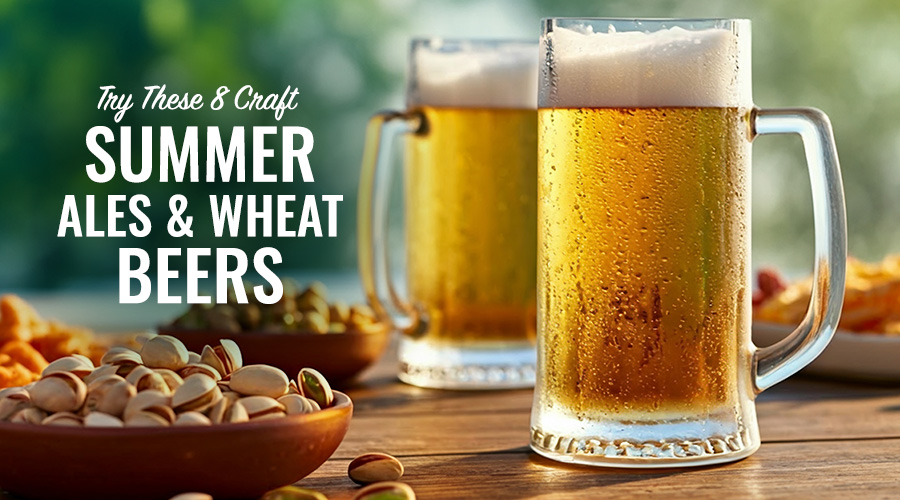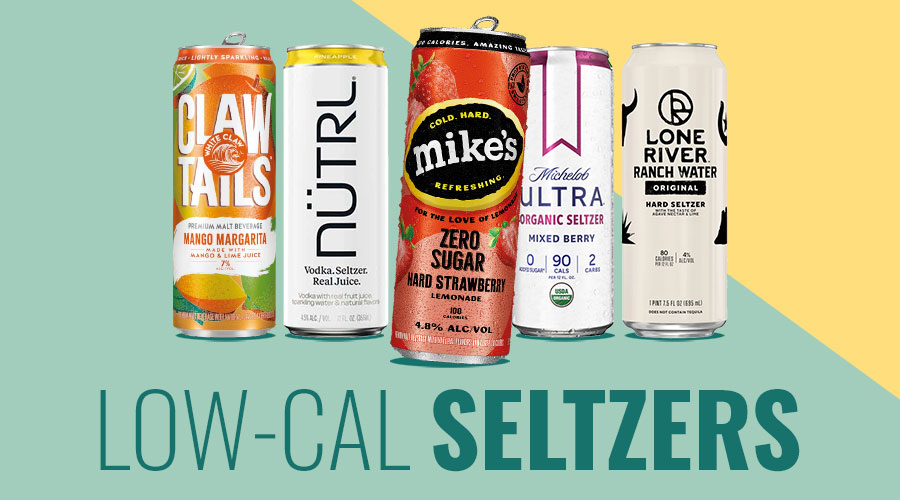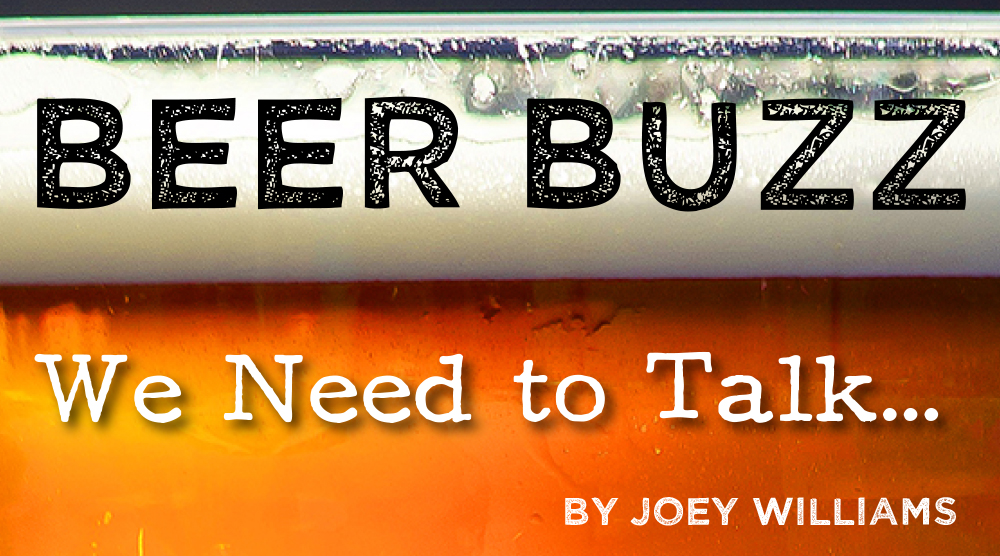
The holidays are a time for good food and drink, with great family and friends. I’m here to tell you that some of that “good drink” can (and should) be beer! There are countless beers produced around the world that deserve a place at any dinner table, in every glass all the time, but few carry the quality, consistency and prestige of the Trappist ales.
Trappist ales are less of a style of beer, and more of a family viewed as the “cream of the crop” – so much so that non-Trappist breweries were using the “Trappist” designation to garner attention. Enough non-Trappist breweries were using the designation that legal steps had to be taken to prevent abuse of the label. Eventually, the monks of Orval hired a lawyer and took action to legally protect the Trappist name. On September 6, 1985, the Commercial Court of Brussels stated:
“It is now common knowledge that customers attribute special standards of quality to products made by monastic communities, and this is especially true of Trappist monasteries.”
The ‘International Trappist Association’ (ITA) was established and the “Authentic Trappist Product” label was created to ensure the consumer of the origin and authenticity of these products. There are Trappist monasteries all over the world that make products ranging from candy to cinderblocks, but we’re going to focus on the brewing brothers.
Currently there are 12 Trappist breweries in the world; 6 in Belgium, 2 in the Netherlands, 1 in France, 1 in Italy, 1 in Austria and even 1 in the US. To be recognized as an “Authentic Trappist Product” by the ITA, these monastic breweries adhere to these rules:
- Product must be made within the walls of a Trappist abbey
- Product must be made by or under the supervision of the monastery community
- The largest part of the profit must be spent on social work (Upkeep/Charity)
Of those 12, we have 5 currently available to us at Spec’s, with a new one on the way! Here they are, with descriptions of some of our favorites, along with notes on how to pair at your Thanksgiving table.
Chimay (Abbaye Notre-Dame de Scourmont – Forges, Belgium)
As far as names go, Chimay is the best known of the Trappists, and their beers are a good example of the depth of flavor and quality associated with the Trappist label. The monastery itself, young in comparison to the others, was founded in 1850, not far from the French border, and their brewery followed not too long after. Chimay was the first Belgian monastic brewery to make their beer available commercially.
Premiere (Red) – 7.0% abv; Dubbel
The “original” Chimay was inspired by the strong beer, “Biere Forte,” which had been in production since early in the brewery’s existence.
Dubbel
A deep reddish-brown ale of moderate strength (6%-8% ABV), with rich malty flavors balanced against yeast-derived dark/dried fruit characteristics like raisins and plums, and an off-dry, subtly spiced finish.
At the table – Dubbels often have a touch of sweetness and a decent amount of caramel malt flavors that help it to pair well with gamy red meats like lamb or duck. If you’re using a fruit sauce, you’ll want to go with a slightly sweeter dubbel. A sweeter dubbel will also play well with the spicier offerings from our delicious Cajun and Creole friends. The fruit component of the beer will work well with herbal/vegetal flavors in sides like green beans and traditional stuffing or dressing. Dubbel is the “workhorse” of the Trappist family at the table.
Cinq Cents (White) – 8.0% abv; Tripel
Brewed, in response to the popularity of bright, pale pilsners, and bottled as “Five Hundred” to celebrate the 500th Anniversary of the nearby town of Chimay.
Grande Reserve (Blue) – 9.0% abv; Strong Dark
Rochefort (Abbaye Notre-Dame de Saint-Remy – Rochefort, Belgium)
Not as well known as Chimay, but regarded as one of the best producers of abbey ales on our shelves, Rochefort was founded as a convent in 1230, before eventually becoming a monastery in 1464. It wasn’t until 1595 that the monks were brewing, using barley and hops grown on-site.
All of their beers are similar in color and flavor, differing mostly in strength. The numbers, used as names, are a dying measurement known as “Belgian degrees”.
6 – 7.5% abv; Dubbel
8 – 9.2% abv; Strong Dark
10 – 11.3% abv; Strong Dark
Strong Dark
A very strong (8%-12+% ABV) and complex Belgian dark ale balanced between malt richness and dark/dried fruit flavors, like a Dubbel, but ending decidedly more fruit forward and rich. The alcohol strength often lends a rum/brandy-soaked quality to the fruit characteristic.
At the table – Despite being similar to Dubbel in flavor, the intensity and more fruit forward balance presents a bit of a challenge when pairing. The most important part of pairing is matching intensity, so a Strong Dark is where you’ll want your roasted game with a rich gravy, fruit sauce or flavorful braises. This style is where you can really fly your Cajun/Creole flag. The richer, sweeter style will carry the spices and bolder flavors well.
Westmalle (Abdij van Onze-Lieve-Vrouw van het Heilig Hart – Westmalle, Belgium)
Somehow this name isn’t on the tip of every tongue when speaking about Trappist, or Belgian, or even ales for that matter, but they’re a personal favorite producer. The monastery was founded near the town of Westmalle, north of Antwerp, in 1794 and brewing for consumption by the monks is said to have started somewhere around 1836. Commercial sales started in 1870, but only in the surrounding village at first.
Dubbel – 7.0% abv; Dubbel
Tripel – 9.5% abv; Tripel
While not the “original” Tripel, it is the beer that popularized the style and is regarded as the “classic” example.
Tripel
A complex strong (7.5% – 9.5% ABV) golden Trappist ale that is pleasantly aromatic, with complex spice and fruit characteristics, derived almost entirely from fermentation. It has a lively effervescence and a clean, dry finish that makes it almost too easy to drink.
At the table – This style is an interesting pair, because it’s soft and subtle enough to be used as an aperitif before the meal, but also has enough heft to pair with many of the dishes at the table. Lacking the richness and darker flavors of the other beers in this family, you’ll be better served having a Tripel alongside lightly dresseded or seasoned salads, and white meats or seafood without heavy sauces. But this doesn’t mean they’re “off the table.” Of all the things at the holiday table I gravitate most towards the green bean casserole. The green/vegetal flavors of the green beans, the earthy/funky mushrooms and the rich, fatty cream sauce all play beautifully with a tripel.
Orval (Abbaye Notre-Dame d’Orval – Belgium)
The “Black Sheep” of the Trappist family in regard to beers produced, Orval is a Belgian treasure. The legend of the abbey’s founding is of Matilda of Tuscany, a countess who lost a golden ring in a lake where the abbey is situated. She prayed that if God returned the ring to her, she would build a monastery to honor him. Shortly after, a trout swam to the shore with the ring in its mouth, explaining the picture of a fish with a ring in its mouth on the label.
Orval – 6.2% abv; Belgian Pale Ale
Michael Jackson, the late beer/Scotch whisky writer, side-stepped calling Orval his “favorite” or the “best” by calling it “The Quintessential Beer.” Bottle-conditioned with a “wild yeast” that contributes a depth of character not found in other beers of any origin.
At the table – Not as festive or obviously impressive as Dubbel, Orval is a sort of workhorse at the table as well. The toasty, bready malt flavors, herbal hops and earthy, mushroomy yeast “funk” compliment and contrast a number of things at a standard holiday table. Avoid bold seasonings or sauces and richer flavors for the best pairings.
La Trappe (Abdij Onze Lieve Vrouw van Koningshoeven – Berkel-Enschot, Netherlands)
The abbey that gave the Trappists their name was established by a group of French monks seeking (and finding) refuge in the Brabant region of the Netherlands in the late 1800s. In 1884 they began brewing on site, but it wasn’t until 1891 that a commercial brewery was built in order to fund the construction of a new abbey.
Dubbel – 7.0% abv; Dubbel
Tripel – 8.0% abv; Tripel
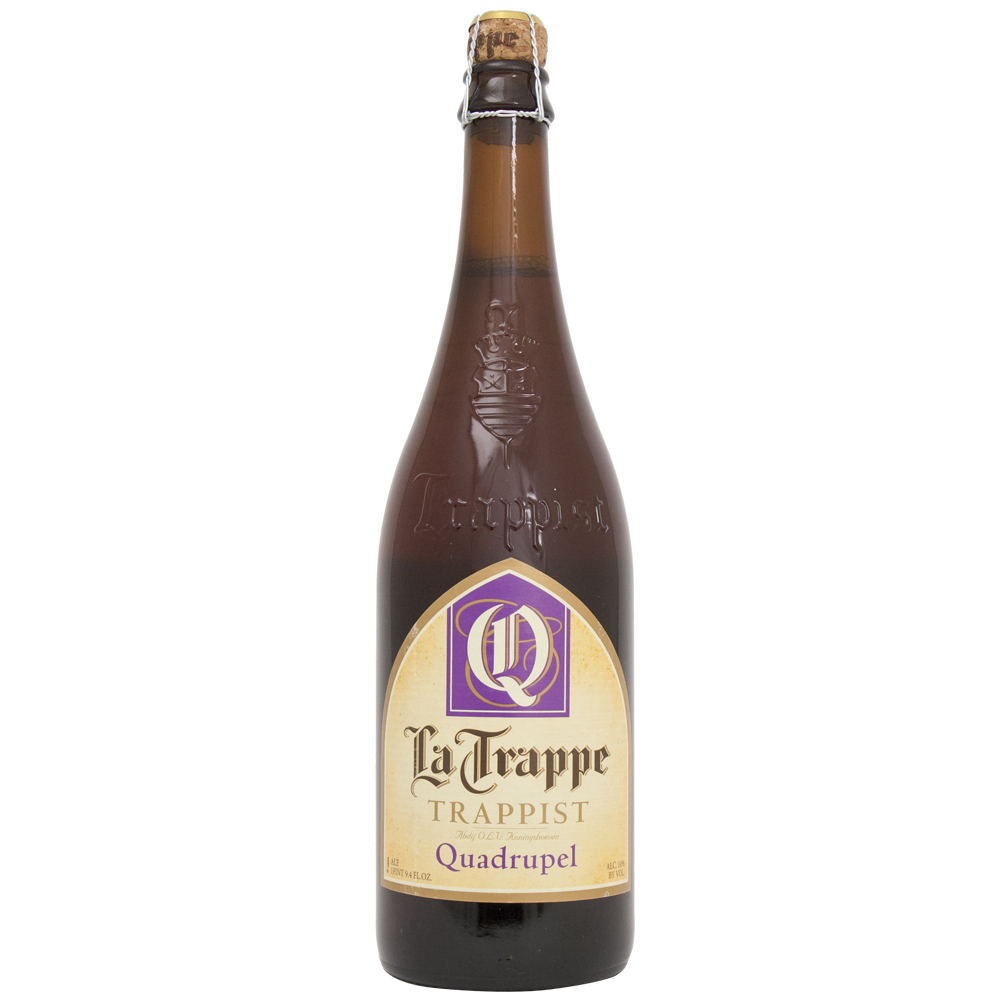
Quadrupel – 10.0% abv; Strong Dark
In 1991 La Trappe introduced Quadrupel as a seasonal, named, like Dubbel and Tripel, for the tradition of marking beers by strength with a number of Xs or crosses.
Quadrupel
While in Belgium, quadruple is not a style, but the name of this particular beer, American brewers have grown fond of this strong amber and crafted their own interpretations. It falls within the “Strong Dark” family.
Tre Fontane (Abbatia Trium Fontium ad Aquas Salvias – Rome, Italy)
A new name to both the beer world and Spec’s, this Italian Trappist brewery started production in 2015 and will be making an appearance soon on our shelves.
Tripel – 8.5% abv; Tripel


